
Following are the partisan epics:

Montefiorino (MO) was the first Northern Italy free area fully controlled by the partisans (June 18, 1944 - August 2, 1944). It included four communes of Modena province and three communes of Reggio Emilia province. This wide "free zone", close to the "Gothic" Line, allowed a strategic control of big communication lines that led to the front. The Administrative Council, freely elected, consulted about matters regarding the rationing system, the wheat-harvest, cattle-breeding, the distribution of indispensable articles.
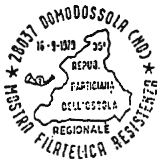
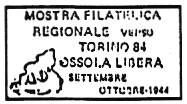
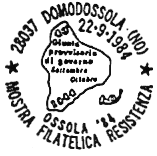
Valle dell'Ossola (NO): a partisan republic from September 9, 1944, until October 23, 1944, it was formed by 32 communes. The Government Provisional Council, installed by the partisans, administered and legislated on the matter of supplies, taxations, war, justice and instruction.
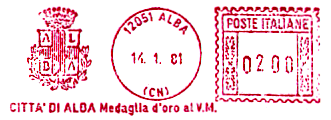
Langhe (CN): Long and bloody fighting led to the liberation of a wide area by the partisans. This includes 23 days of freedom, from October 10, 1944, until November 2, 1944, for the City of Alba, center of the Langhe and heart of an uneven struggle.
Monferrato (AT): The partisan forces succeeded in setting free a wide zone formed by 40 communes. Nizza Monferrato was the vital center of the zone. After having proclaimed itself apartisan republic, it ruled itself for more than three months with a Government Popular Council until November 2, 1944.

Valsesia (VC): Subjected to ransacking, repression, destruction, Valsesia's population fought for twenty months by the side of the partisan brigades facing and sharing the same sacrifices.
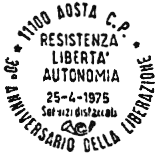
Valle d'Aosta: Here two substantial partisan brigades operated: one of "autonomous" inspiration, the other of "separatist" inspiration. This latter wanted annexation to France. There was internal division but external solidarity against the common enemy. The Cogne's Valley, a free zone from July 6, 1944, until November 2, 1944, became the seat of the Zone Command and the Sector and Coordination Center for the relationships with the French resistance and with refugees in Switzerland.
In Carnia and Friuli: During the spring of 1944, the "Free Zone of Carnia" was proclaimed, one of the largest, which extended over 2,580 Kmq., grouping 41 communes and a population of about 90.000 inhabitants. It immediately had a Provisional Government that gave itself an administrative program on the basis of fundamental principles that, later, were the same used for the Republican Constitution.
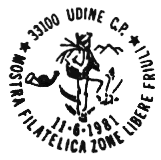
During the summer of the same year, the "Free East Zone" was constituted between the Torre and Natisone Rivers, with over 20.000 inhabitants. This was better known as the "Attinis, Nimis and Faedis Zone", named for the three major communes which formed it. In the retaliation against these free zones, Asian populations with their families following, one Cossack division and one Caucasian, were used. The Carnia had been promised to those divisions and had been renamed "Kosakenland in Nord Italien".
The majority of the free zones and republics had a short life. Extensive punitive expeditions were organized against them, lasting until December, 1944, by the employment of huge troop displacements. They were followed by massacres, destruction, and deportations.
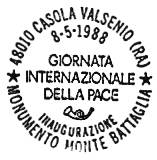
In the meantime, the Allied offensive against the "Gothic" Line stopped when autumn arrived. It should have begun again the following spring. These long winter months were the most awful for the resistance. Anyway, before the winter ended, various struggles took place that involved the partisan brigades as in Monte Battaglia, Monte Carnevale, Monte Cappello, Monte La Fine, on the Apennine on the Emilia-Romagna sides.
|
|
|
 |
 |
|
 |
 |